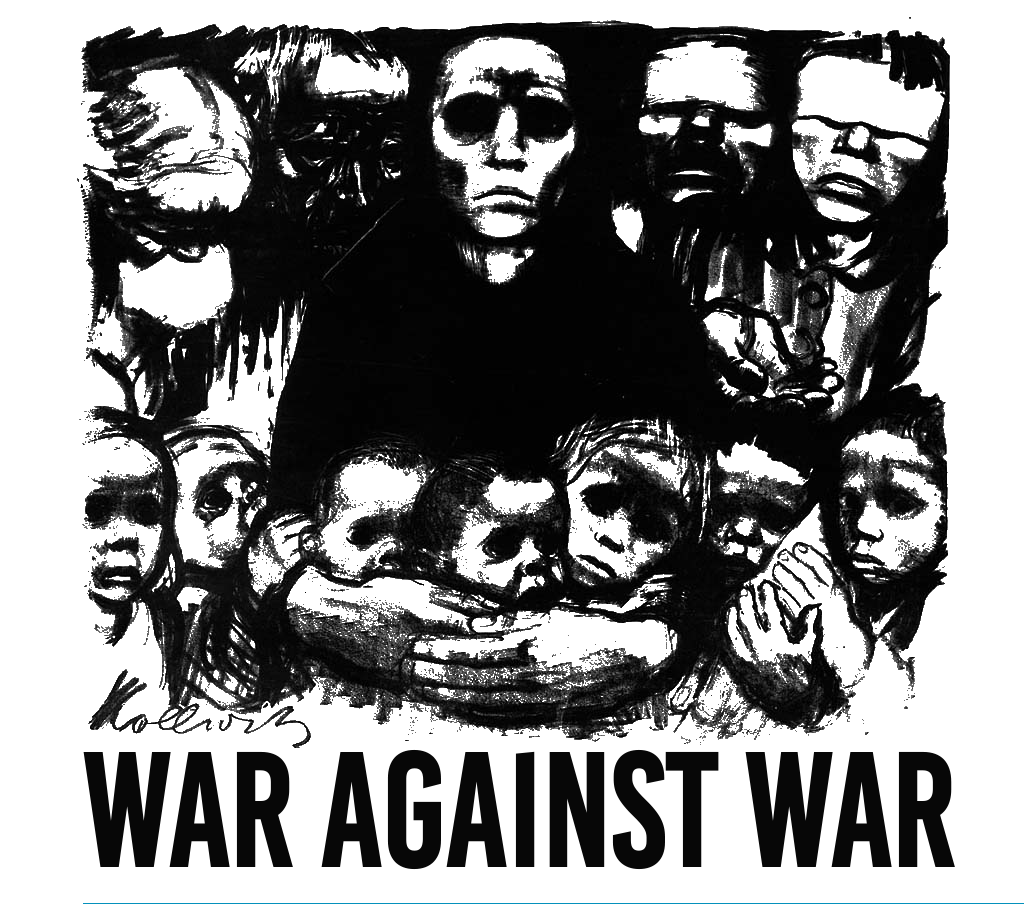Posttreatment variables are covariates that are preceded by the main explanatory variable. Their inclusion in a statistical model does not ‘control’ for their influence on the relationship of interest, and it does not substitute for a mediation analysis. Likewise, a coefficient estimate of an appropriate ‘control variable’ cannot be interpreted as a causal effect estimate. While these facts are well-established in various fields across the social sciences, their recognition in the field of peace and conflict studies is more limited. Originally collected data on recent publications from leading peace and conflict journals reveal that a large majority of evaluated articles condition on posttreatment variables, demonstrating how a review of these fallacies can help to substantially improve future research on peace and conflict. Drawing on a broad set of literature and using graphical approaches, I offer an intuitive explanation of the logic of posttreatment variables and clarify common misconceptions. Building on recent developments in methodology and software, and by deriving conditions for bounding using analytical bias expressions, I discuss avenues for dealing with posttreatment variables in observational studies. The article concludes with a discussion of implications for applied research.
This was originally published on SAGE Publications Ltd: Journal of Peace Research: Table of Contents.
